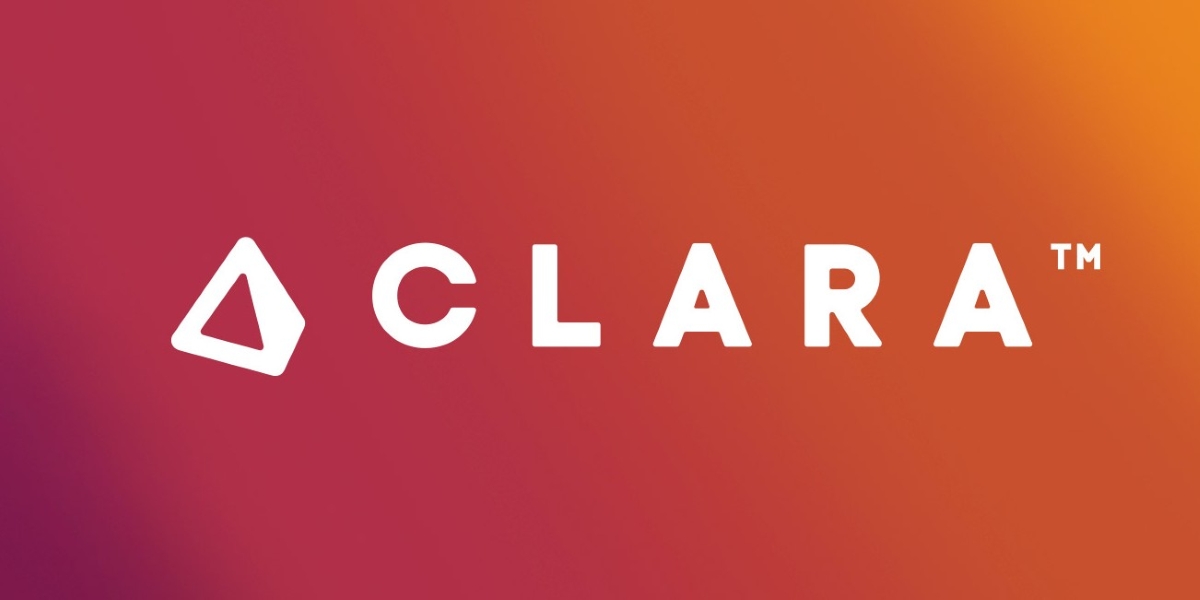One such innovative and potentially effective method is Direct-to-Film (DTF) Direction. Achieving the desired results will depend significantly on the DTF printer you choose. In this guide, you will explore the essential tips to look for while searching for high-performance DTF printers.
Print Quality and Resolution
Print quality should be the primary consideration when choosing a DTF printer for sale. Clear and vibrant images are necessary companions for detailed designs. Seek out printers that utilize advanced printhead technology to ensure highly accurate output. Using a minimum of 1440 DPI for optimal outcomes is often recommended.
Ink Compatibility and Efficiency
Ink is another component that influences how well a DTF printer will perform. The printer must be compatible with various pigments and dye-based inks. This flexibility allows for bright colors and a wide color range. Also, consider printers that use ink more efficiently to help reduce costs over time.
Speed and Productivity
In fast-paced environments, speed can enhance productivity. High-performance DTF printers offer fast drawing at consistent quality, ensuring performance is not sacrificed. Examine the printer’s output rate to ensure it meets the demand. This also varies by model, with some offering adjustable speed settings to better cater to specific requirements.
Durability and Reliability
A dependable printer is needed to maintain consistent output. Seek out models constructed from high-quality materials and parts. Reliable printers minimize downtime, making operations more efficient. Investigate customer reviews and manufacturer reputation regarding the durability of different models.
Simple Use and Maintenance
The ideal features translate to simpler operations. Look for printers with a user-friendly interface and intuitive settings. Auto-cleaning features and easy-to-follow maintenance procedures can save time and reduce the need for technical support. Access to training resources and customer support options also provides added assistance.
Connectivity and Compatibility
A modern-day DTF printer is expected to offer versatile connectivity options. Compatibility with different software and devices increases flexibility. Find printers that support both USB and wired and wireless networks. Popular design software compatibility ensures a smooth workflow.
Cost and Value
Price is an important consideration, but so is value. Assess the total cost of ownership, including maintenance and consumables. While this may involve a higher initial investment, it may lead to reduced operational costs in the long run. Consider warranty options and customer support services as part of the overall value assessment.
Environmental Considerations
Sustainability is an area of focus. Look for printers with eco-friendly features, such as energy-saving modes and recyclable materials. Other models use less energy and emit lower levels of waste, aligning with eco-friendly principles.
Customization Capabilities
Customization can be a key factor for businesses that require something specific. Certain DTF printers feature adjustable settings based on the material or intended use of the print. Such flexibility allows businesses to create custom outputs specific to their needs, and can also enable broader service offerings.
Brand Reputation and Reviews
When researching brand reputation, you gain valuable insight into the reliability of the product and the satisfaction of customers. Industry professionals and users leave reviews that can highlight strengths or point out potential challenges. Generally, a reputable brand is associated with consistent quality and effective customer support.
Future-Proofing Considerations
Technology evolves quickly, making it wise to ensure your investment is future-proof. Look for printers that allow for component upgrades or software that can accommodate changing needs. Staying ahead of the curve can help keep the equipment functional and relevant for longer.
Summary
Several important factors should be evaluated when selecting a high-performance DTF printer. Considerations like print quality, speed, cost, and environmental factors all play a role. Focusing on these functionalities can help businesses make a more informed decision in choosing a printer that meets their needs and supports their growth.









